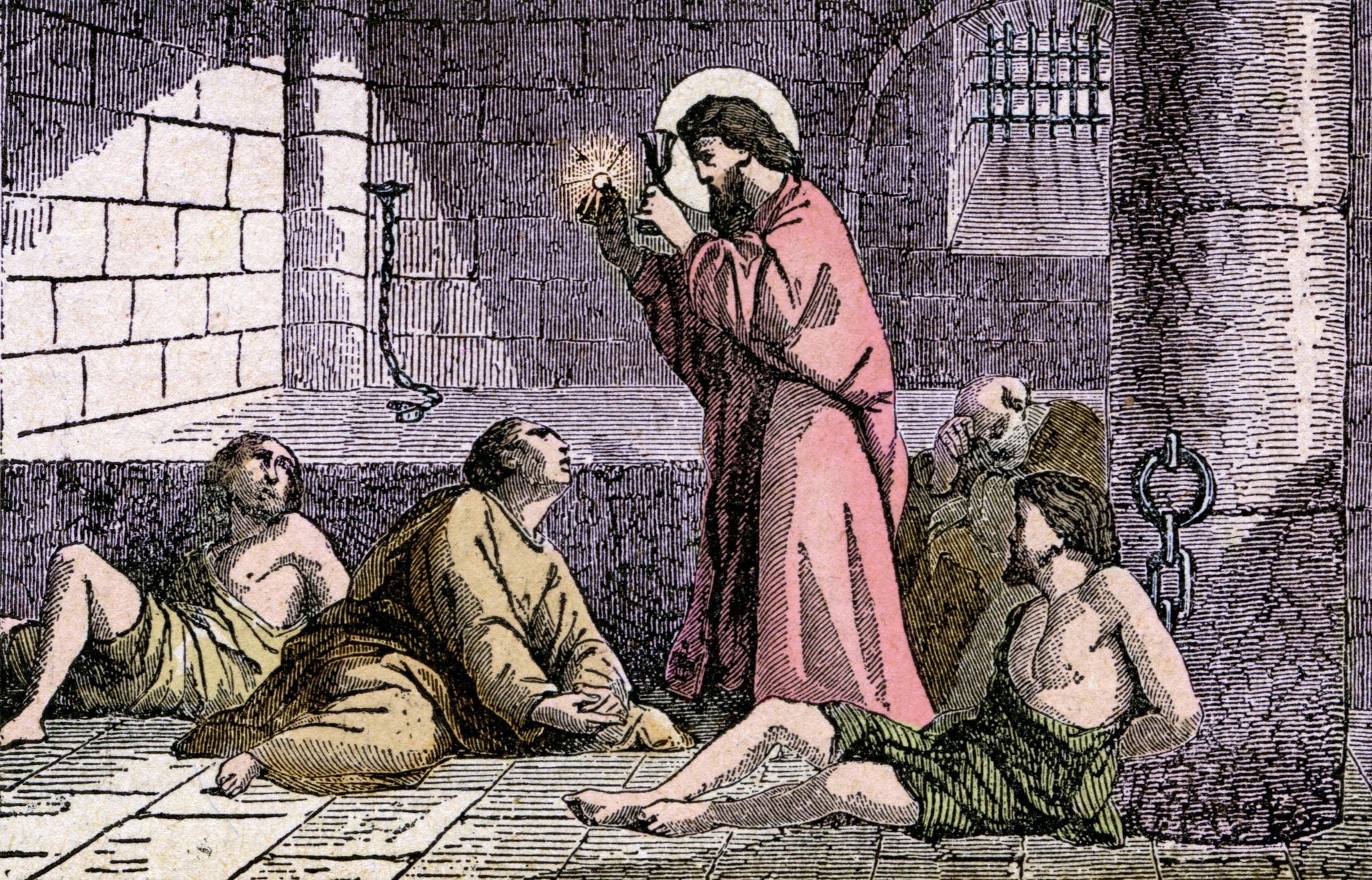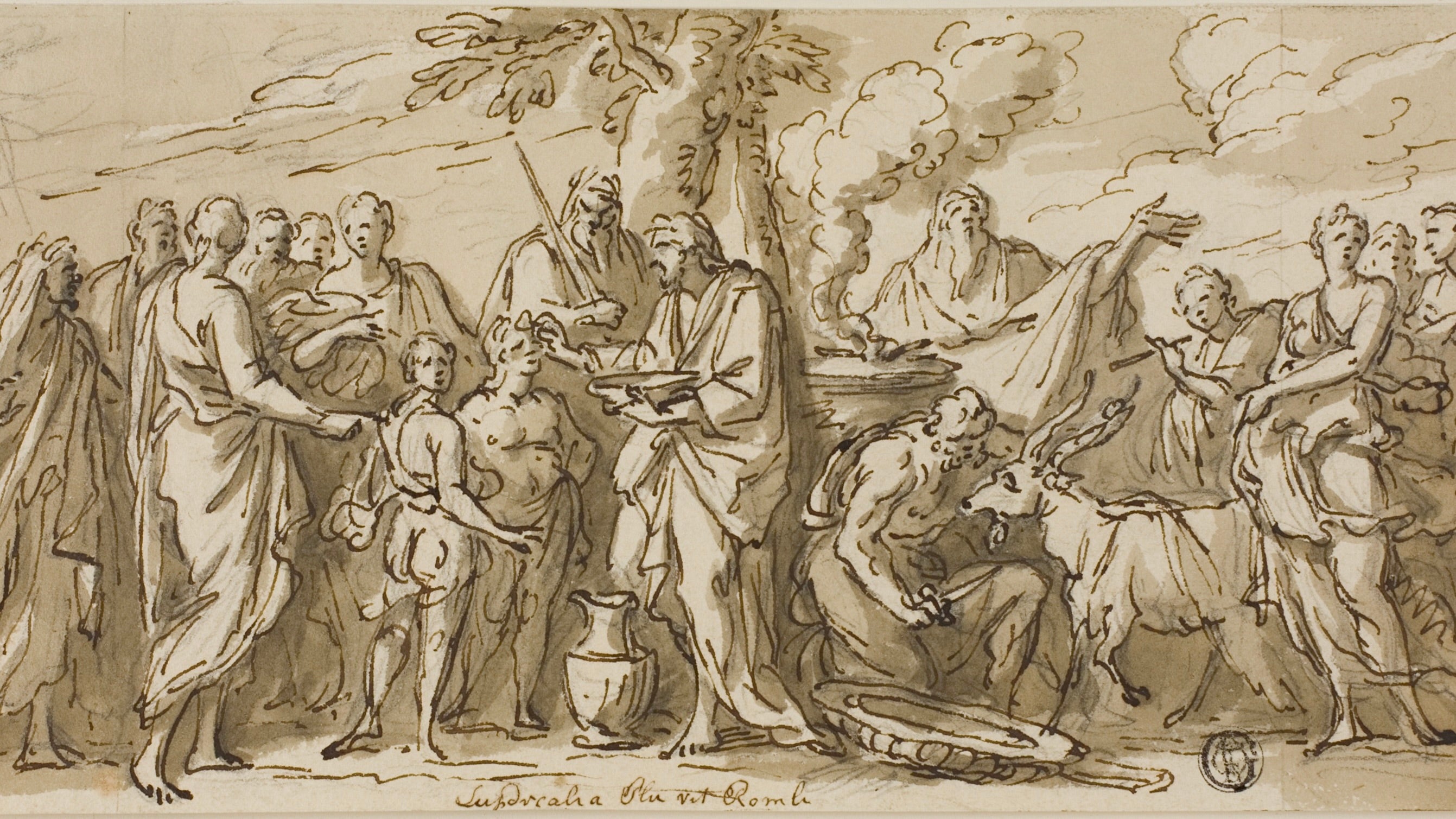Valentine’s Day, celebrated every February 14th, has become a global phenomenon characterized by the exchange of candy, flowers, and heartfelt gifts. This tradition, steeped in the mystique of St. Valentine, spans across the United States and numerous countries worldwide, symbolizing a day of romance and affection. But the origins of this holiday and the identity of St. Valentine himself remain cloaked in an intriguing blend of history, legend, and cultural evolution. This article delves into the romantic and mysterious roots of Valentine’s Day, tracing its journey from ancient pagan festivals to the hallmark of love it represents today.
The story of St. Valentine is a tapestry woven from various threads of history and legend, featuring multiple figures who have been associated with the holiday. The Catholic Church recognizes at least three different saints named Valentine or Valentinus, all martyred. Legends describe Valentine as a priest who defied the Roman Emperor Claudius II by secretly marrying young lovers, a bishop named Valentine of Terni who shared a similar fate, and another Valentine who attempted to rescue Christians from Roman prisons, allegedly sending the first “valentine” to a jailor’s daughter with whom he fell in love. These narrative fragments, rich in heroic and romantic imagery, contributed to Valentine’s posthumous reputation as a figure of compassion and love, solidifying his association with the holiday of romance that bears his name.

- St. Valentine: The patron saint behind the day of love. Source: history.com
The origins of Valentine’s Day as a celebration of romantic love can be traced back to both Christian and ancient Roman traditions. February, recognized as a month of romance, provided the backdrop for the intertwining of St. Valentine’s story with the pagan festival of Lupercalia. Celebrated on February 15th, Lupercalia was a fertility festival dedicated to Faunus, the Roman god of agriculture, involving rituals that included the pairing of women and men through a lottery, which often resulted in marriage. The Christian church later sought to “Christianize” this celebration by declaring February 14th as St. Valentine’s Day, a decision credited to Pope Gelasius towards the end of the 5th century. This clever overlay of Christian and pagan traditions laid down the early foundations for Valentine’s Day as a time of romantic expression.
Valentine’s Day’s evolution into a distinct occasion for romance and love was influenced significantly by the customs of medieval France and England. The middle of February was believed to mark the beginning of birds’ mating season, further associating this period with love and romance. The first recorded association of Valentine’s Day with romantic love appears in Geoffrey Chaucer’s 1375 poem “Parliament of Fowls”, establishing the tradition of courtly love that would come to characterize the holiday. From handwritten notes to printed valentines, the practice of exchanging romantic messages and gifts flourished, particularly with the advancements in printing technology and the availability of cheaper postage rates in the 18th and 19th centuries. This period saw Valentine’s Day transforming into a widely celebrated expression of affection, marked by the exchange of elaborate cards and gifts.

- Lupercalia festival: The ancient Roman celebration that predates Valentine’s Day. Source: history.com
Today, Valentine’s Day is more than just a day for romantic couples; it has become an occasion for expressing love in its many forms. Whether through the simple gesture of a hand-written note or the gift of flowers and chocolates, the essence of Valentine’s Day transcends the story of its patron saint to celebrate the universal human experience of love. As we unveil the origins of this day, we recognize that the blend of history, legend, and cultural traditions has created a holiday that resonates across the globe, reminding us of the power and beauty of love in bringing people together.
